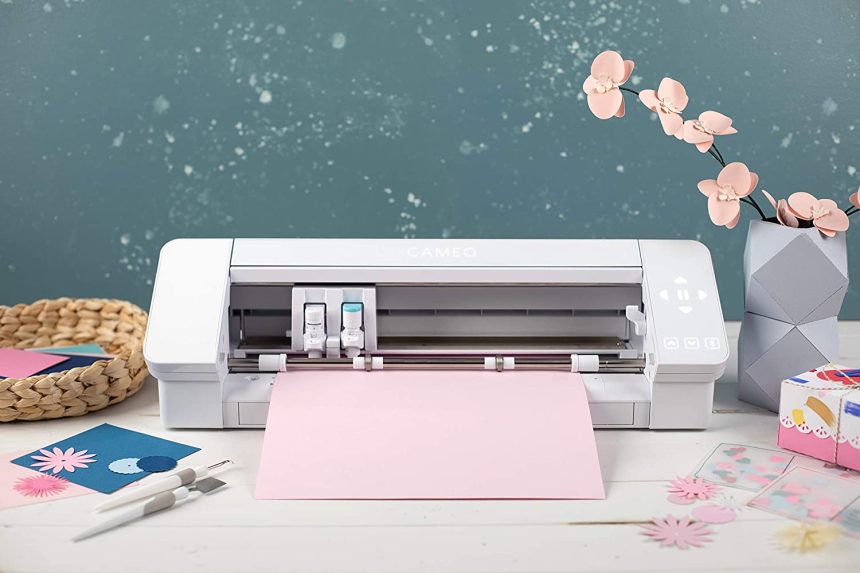Printers have become such an essential part of our lives that it’s easy to forget just how revolutionary they are. Whether it’s printing school assignments, office documents, or cherished family photos, printers quietly support the workflows of millions around the world. But not all printers are created equal. Among the many types available, laser printers have carved out a unique reputation for their speed, precision, and long-term cost-effectiveness.
The Evolution of Printers
Before we dive into the specifics of laser printers, it’s worth taking a moment to appreciate how far printer technology has come. Early printers were bulky, slow, and required a great deal of maintenance. Dot matrix printers, for example, were once the industry standard, churning out noisy pages with limited resolution.
As technology evolved, inkjet printers became more popular in homes due to their lower initial cost and decent color quality. However, they often came with expensive ink replacements and slower speeds. That’s where laser printers began to shine, especially in office environments where volume, speed, and durability were key.
What Is a Laser Printer?
A laser printer uses a completely different method compared to inkjet printers. Instead of spraying ink droplets onto paper, laser printers use a laser beam to produce an image on a drum. This image attracts powdered toner (a kind of dry ink), which is then transferred to paper and fused onto it using heat. The result? Clean, sharp prints produced at impressive speeds.
The technology might sound complex, but it offers several practical benefits that make laser printers a go-to choice for many professionals and businesses.
Why Choose a Laser Printer?
1. Speed and Efficiency:
One of the most noticeable advantages of a laser printer is how fast it operates. A typical laser printer can print anywhere from 15 to 100 pages per minute, depending on the model. This makes it ideal for high-volume environments like corporate offices, schools, or print shops.
2. Long-Term Cost Savings:
While laser printers tend to have a higher upfront cost, they often prove more economical in the long run. Toner cartridges can print thousands of pages before needing a replacement, unlike ink cartridges that often run dry quickly—especially if you’re printing in color.
3. Precision and Quality:
Laser printers deliver crisp, clean text and detailed graphics. This precision is why they’re preferred for professional documents like contracts, reports, and marketing materials. There’s minimal smudging or bleeding, which can be an issue with inkjets.
4. Reliability:
Laser printers are built for endurance. They’re known to be more robust and require less frequent maintenance than inkjet models. For anyone who prints regularly, having a printer that doesn’t jam or run out of ink often can be a huge relief.
When Are Inkjet Printers a Better Choice?
Despite all the advantages of laser printers, there are times when inkjet printers might be a better fit. For example, if you’re printing high-quality color photographs or detailed illustrations, many inkjets deliver better results due to their ability to blend colors smoothly.
Additionally, if you only print occasionally and don’t need high volume or speed, a compact inkjet printer might be more than sufficient. They’re generally cheaper to buy and take up less space, making them a good choice for casual home use.
Choosing the Right Printer for Your Needs
When deciding between a laser printer and other types of printers, consider how and where you’ll use it:
- Home Use: For occasional printing, school projects, or photo printing, a basic inkjet printer could do the trick. However, if you print a lot of text documents, a small laser printer can be a cost-effective and low-maintenance option.
- Office Use: Laser printers are often the smarter choice in office settings. They handle large workloads efficiently, and network-capable models can support multiple users at once.
- Creative Work: For artists or photographers who want to print their own work, high-end inkjet printers designed for photo printing offer better color gradation and detail.
- Mobile and Wireless Printing: Many modern printers—both inkjet and laser—support wireless printing. This means you can print directly from your phone or tablet, a feature that’s becoming more important in today’s hybrid and remote work environments.
Environmental Considerations
A growing number of consumers are concerned about sustainability, and rightly so. Laser printers are often more environmentally friendly over time due to their lower per-page energy use and longer-lasting toner cartridges. However, recycling programs for cartridges—both toner and ink—are important for reducing waste. Some manufacturers even offer incentives or discounts when you return used cartridges.
Final Thoughts
In today’s digital world, the humble printer still holds its ground. Whether you’re running a business, managing a household, or pursuing a creative passion, having a reliable printer can make life a lot easier.
Laser printers, with their durability, speed, and cost efficiency, are particularly appealing to those who print frequently and want a hassle-free experience. At the same time, inkjet printers continue to serve well in areas where color depth and image detail are essential.
Ultimately, the best printer is the one that fits your specific needs—balancing cost, quality, convenience, and usage volume. By understanding the core differences between laser and inkjet models, you’ll be in a better position to make a smart and lasting investment.















